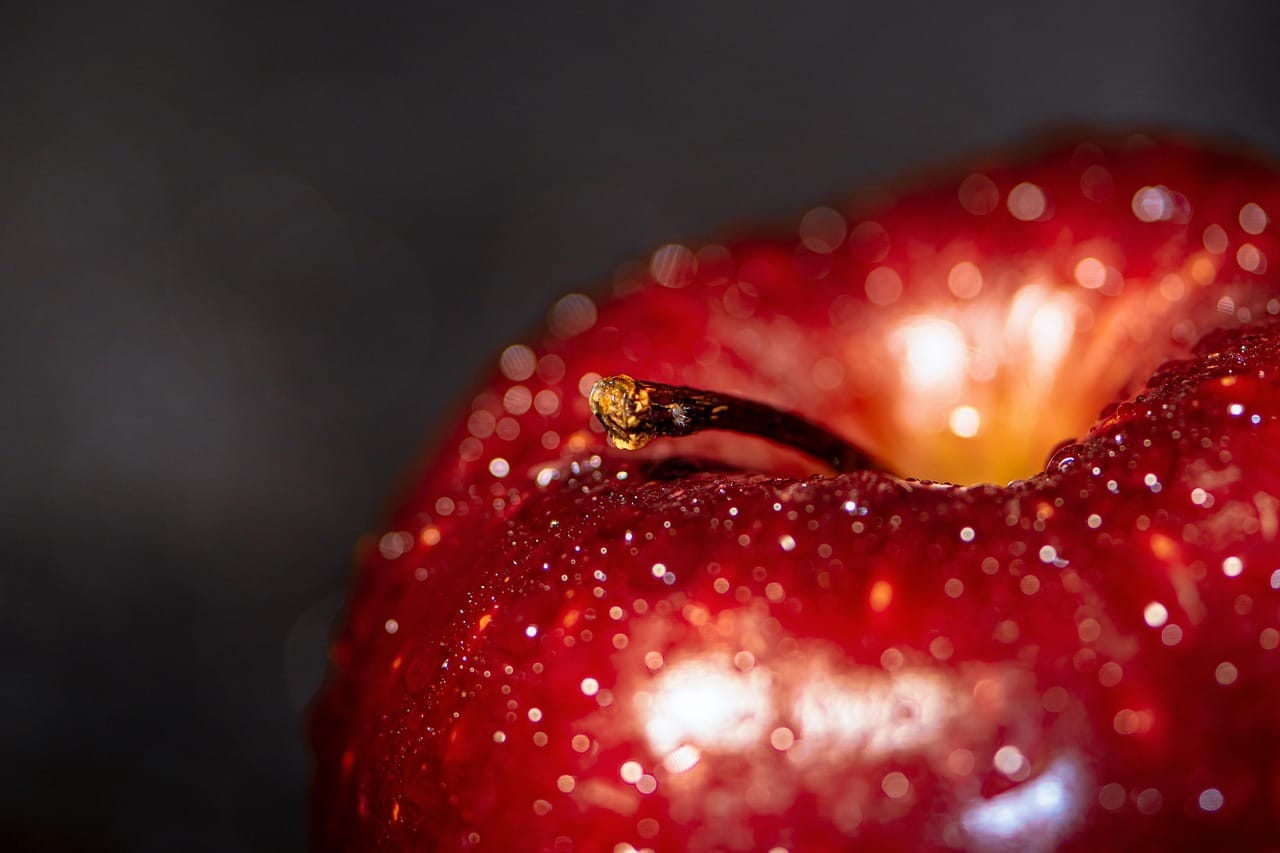Pesto pasta is a culinary delight, a symphony of fresh basil, garlic, pine nuts, Parmesan cheese, and olive oil tossed with perfectly cooked pasta. This vibrant green dish is not only delicious but also surprisingly easy to make at home. Whether you’re looking for a quick weeknight meal or a flavorful dish to impress guests, pesto pasta is a versatile option that never disappoints. This guide will delve into everything you need to know about creating the perfect pesto pasta, from selecting the right ingredients to mastering the art of pesto preparation.
The Art of Perfect Pesto: Ingredients and Preparation
Pesto, the soul of this dish, requires careful attention to detail. Using high-quality ingredients and proper techniques will elevate your pesto pasta from ordinary to extraordinary.
Key Ingredients for Authentic Pesto
The classic pesto alla Genovese consists of just a few key ingredients, each playing a vital role in the final flavor profile.
- Fresh Basil: This is non-negotiable. Look for vibrant green basil leaves, preferably Genovese basil for its sweeter, less peppery flavor. Avoid basil with brown spots or wilting leaves. A statistic shows that fresh herbs can elevate the flavor of a dish by up to 30%.
- Pine Nuts: These add a subtle nutty flavor and creamy texture to the pesto. Toasting them lightly enhances their aroma. Toasted pine nuts can last up to 2 months in the freezer if stored properly, allowing them to be used at your convenience.
- Garlic: Use fresh garlic cloves for a pungent and aromatic kick. Avoid pre-minced garlic, which often lacks flavor. About 2-3 cloves are generally recommended for a standard batch.
- Parmesan Cheese: Authentic Parmigiano-Reggiano is the best choice for its complex flavor and granular texture. Grate it finely for optimal incorporation into the pesto. Studies show that authentic Parmesan contains beneficial compounds and nutrients absent in imitation cheeses.
- Extra Virgin Olive Oil: Choose a high-quality extra virgin olive oil with a fruity and peppery flavor. This will emulsify the pesto and contribute to its overall richness. A good-quality olive oil will also provide healthy fats.
- Salt: To enhance the flavors of all the other ingredients. Coarse sea salt is preferable.
Traditional vs. Modern Pesto Preparation
Traditionally, pesto is made using a mortar and pestle, which gently crushes the ingredients, releasing their essential oils and creating a smoother, more flavorful paste. However, a food processor can be used for convenience.
- Mortar and Pestle Method: This method requires patience and effort, but the results are worth it. Grind the garlic and pine nuts first, then add the basil leaves gradually, followed by the Parmesan cheese and olive oil.
- Food Processor Method: Pulse the garlic and pine nuts until finely chopped. Add the basil leaves and pulse until coarsely chopped. Gradually add the Parmesan cheese and olive oil while the food processor is running until the mixture forms a smooth paste. Be careful not to over-process, as this can result in a bitter pesto.
- Actionable Takeaway: Prioritize fresh, high-quality ingredients and choose the preparation method that best suits your time and skill level.
Selecting the Perfect Pasta for Pesto
The type of pasta you choose can significantly impact the overall taste and texture of your pesto pasta dish. Certain shapes are better suited for holding the sauce and allowing it to cling properly.
Ideal Pasta Shapes for Pesto
- Linguine: This long, flat pasta is a classic choice for pesto. Its wide surface area allows the pesto to coat each strand evenly.
- Spaghetti: Another popular choice, spaghetti provides a good balance of texture and sauce absorption.
- Penne: The tube-like shape and ridges of penne make it excellent for trapping pesto.
- Fusilli: The spiral shape of fusilli also helps to capture and hold the pesto sauce.
- Trofie: This Ligurian pasta, originating from the same region as pesto, is uniquely twisted and perfect for pesto. It might be more difficult to find but the unique shape absorbs a lot of flavour.
Cooking Pasta to Al Dente Perfection
“Al dente,” meaning “to the tooth” in Italian, refers to pasta that is cooked until it is firm but not mushy.
- Boil Water: Use a large pot and plenty of salted water. The salt seasons the pasta from the inside out.
- Add Pasta: Add the pasta to the boiling water and stir to prevent sticking.
- Cook Al Dente: Cook according to package directions, usually around 8-10 minutes. Test for doneness by tasting a strand of pasta.
- Reserve Pasta Water: Before draining the pasta, reserve about 1 cup of the starchy pasta water. This can be used to adjust the consistency of the pesto sauce and help it cling to the pasta.
- Actionable Takeaway: Choose a pasta shape that complements the pesto and always cook it al dente for the best texture. Don’t forget to reserve some pasta water!
Assembling the Perfect Pesto Pasta Dish
Now that you have your perfectly prepared pesto and al dente pasta, it’s time to bring it all together.
Combining Pesto and Pasta: A Step-by-Step Guide
- Warm the Pesto: Gently warm the pesto in a large bowl. Avoid cooking it, as heat can damage the delicate flavor of the basil. Adding a tablespoon of warm pasta water to the pesto can help loosen it up.
- Add Pasta: Add the cooked pasta to the bowl with the pesto and toss gently to coat.
- Adjust Consistency: If the sauce is too thick, add a little more pasta water until it reaches your desired consistency.
- Season to Taste: Add salt and pepper to taste. Remember that the Parmesan cheese is already salty, so be careful not to over-salt.
- Serve Immediately: Pesto pasta is best served immediately.
Optional Add-ins and Garnishes
While pesto pasta is delicious on its own, you can also add other ingredients to enhance its flavor and texture.
- Cherry Tomatoes: Halved cherry tomatoes add a burst of sweetness and acidity.
- Grilled Chicken or Shrimp: These add protein and make the dish more substantial.
- Sun-Dried Tomatoes: These provide a concentrated tomato flavor and chewy texture.
- Toasted Pine Nuts: Sprinkling toasted pine nuts on top adds a crunchy element.
- Freshly Grated Parmesan Cheese: A final sprinkle of Parmesan cheese adds a salty and savory touch.
- Actionable Takeaway: Gently combine the pesto and pasta, adjusting the consistency with pasta water. Consider adding complementary ingredients for extra flavor and texture.
Pesto Pasta Variations and Creative Twists
Pesto pasta is a versatile dish that can be adapted to suit your taste preferences and dietary needs.
Vegan Pesto Pasta
- Nutritional Yeast: Substitute Parmesan cheese with nutritional yeast for a cheesy flavor.
- Tofu: Use silken tofu as a base for the pesto to add creaminess.
- Vegan Parmesan: Many brands offer vegan Parmesan cheese alternatives that can be used in place of traditional Parmesan.
Different Types of Pesto
- Arugula Pesto: Replace some of the basil with arugula for a peppery twist.
- Sun-Dried Tomato Pesto: Combine sun-dried tomatoes with basil, garlic, pine nuts, and olive oil for a sweet and tangy pesto.
- Kale Pesto: Use kale in place of basil for a more nutrient-rich and earthy pesto.
- Mint Pesto: Use fresh mint with or without basil for a lighter and more refreshing pesto.
Pesto Pasta Salad
- Cold Pasta: Use cooked and cooled pasta for a refreshing pasta salad.
- Vegetables: Add chopped vegetables such as bell peppers, cucumbers, and olives.
- Lemon Juice: Add a squeeze of lemon juice to brighten the flavors.
- Actionable Takeaway: Experiment with different pesto variations and ingredients to create your own unique pesto pasta dish. Consider vegan options or using different greens to create new flavour profiles.
Conclusion
Pesto pasta is a simple yet sophisticated dish that offers endless possibilities for customization. By understanding the key ingredients, mastering the art of pesto preparation, and selecting the right pasta, you can create a truly memorable meal. Whether you prefer the classic Genovese version or a creative twist with arugula or sun-dried tomatoes, pesto pasta is a dish that is sure to impress. So, gather your ingredients, unleash your creativity, and enjoy the vibrant flavors of homemade pesto pasta.




